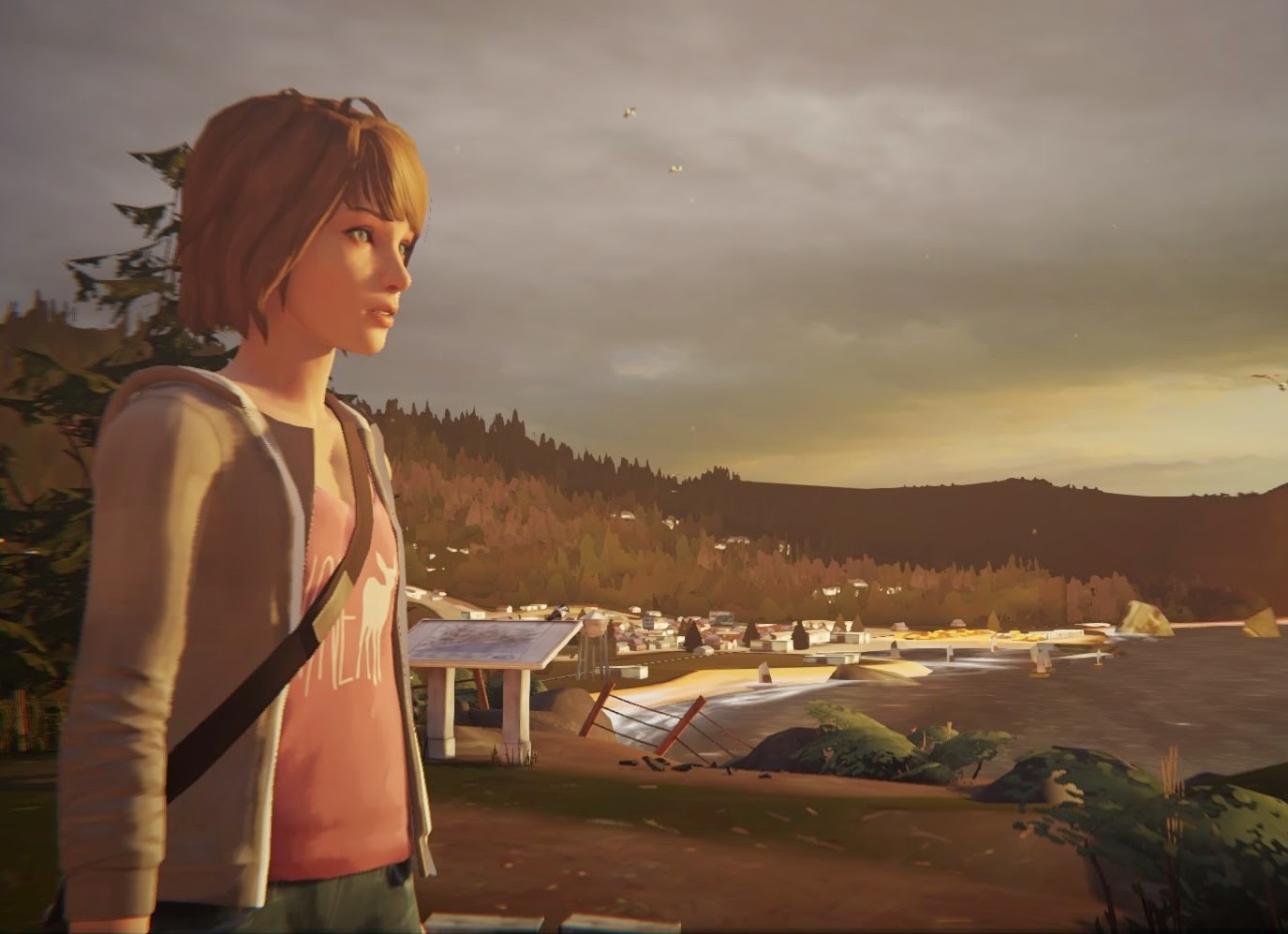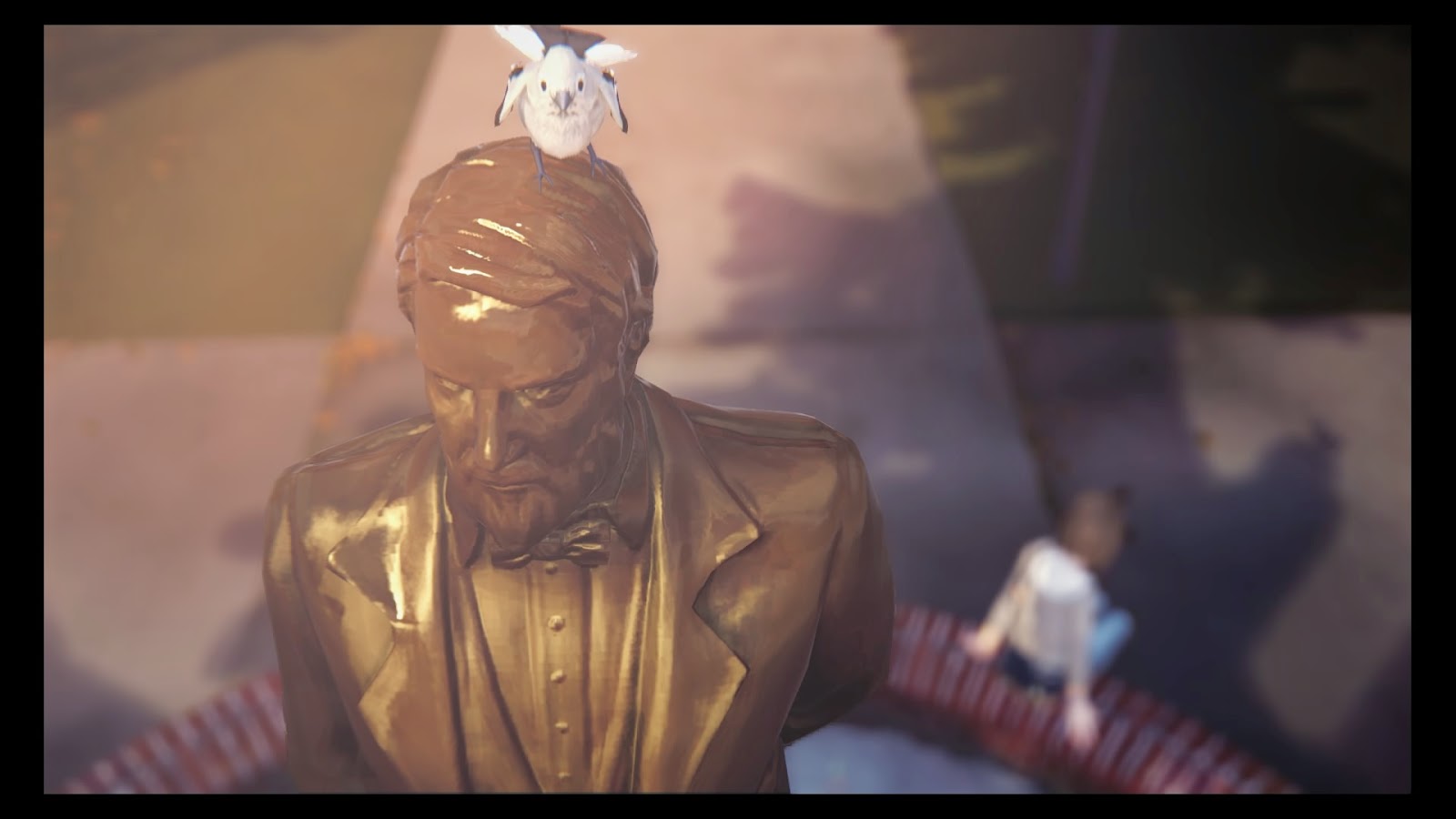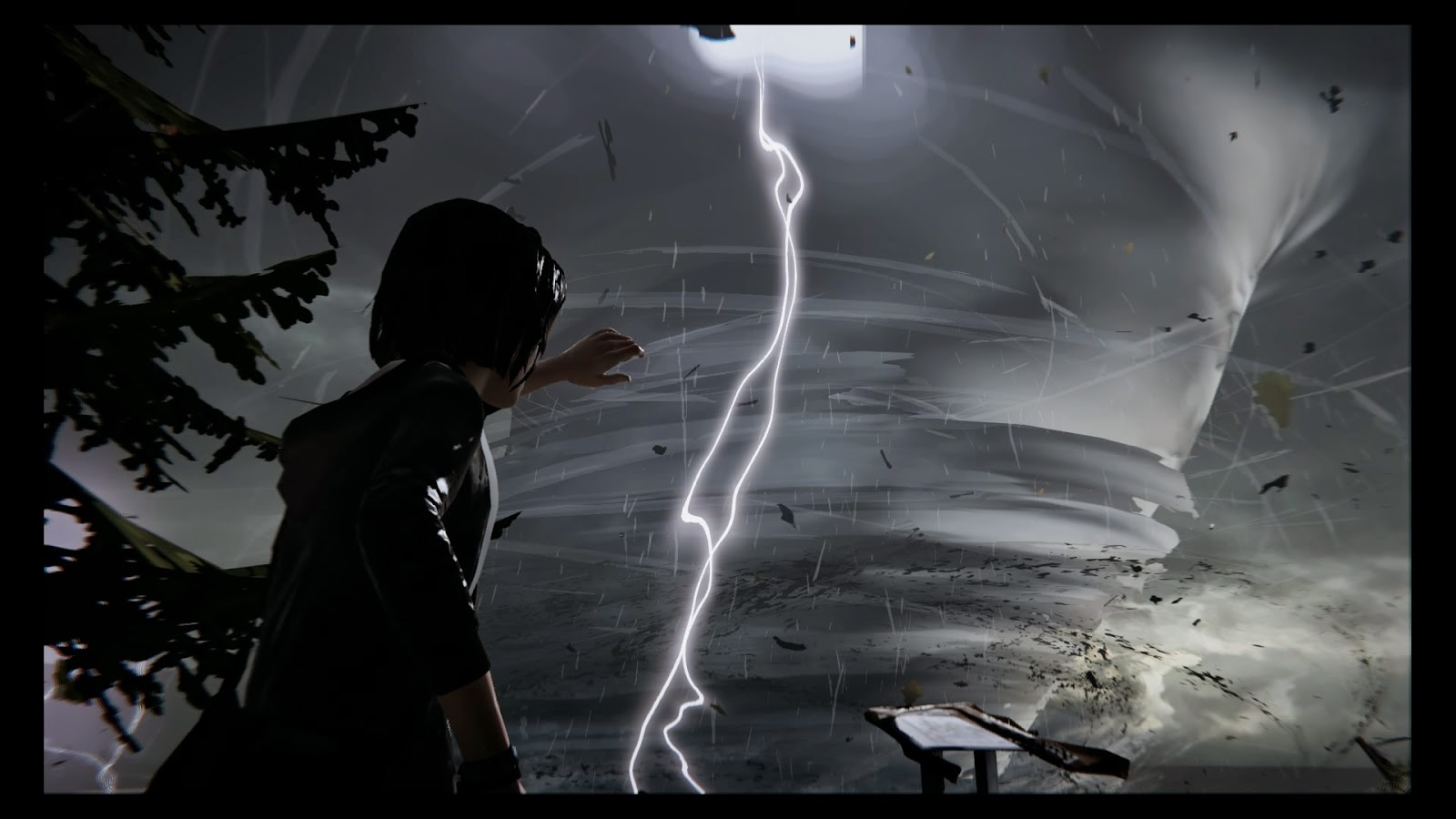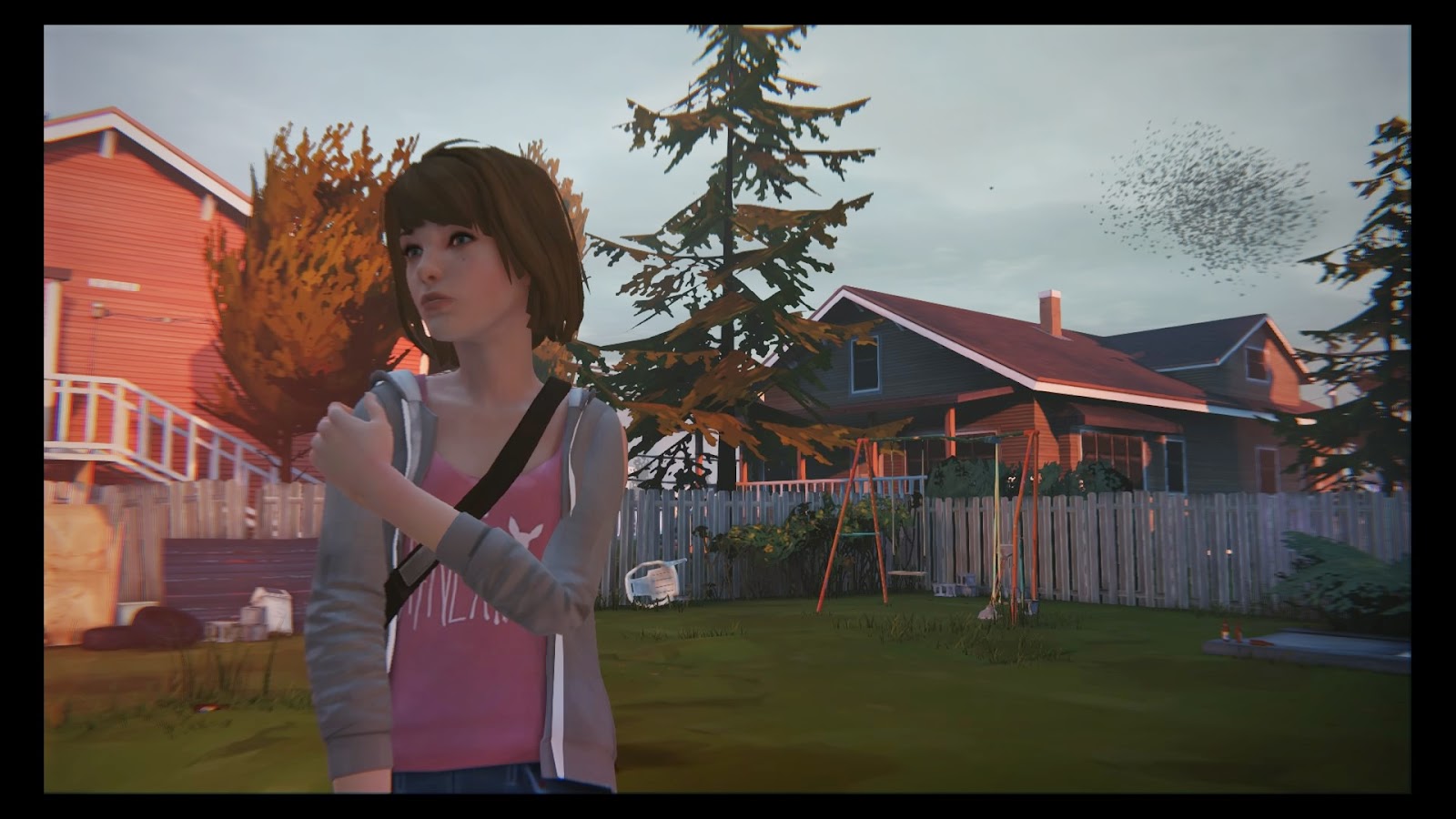 Review by Matt S.
Review by Matt S.
Life Is Strange makes me hate episodic games. When the opening chapter of a game is this utterly engrossing, to complete it after a solid five hours of continuous play, only to be told “well, you get to wait two months to see the story continue,” it’s not just irritating, it’s downright depressing.
But I only feel this way because Life Is Strange: Episode 1 is so unbelievably good.
Like with Telltale Games’ portfolio, Life Is Strange is a modern day point-and-click adventure, which behaves more like an interactive movie than a game in the traditional sense. Players explore a range of different settings while interacting with a broader narrative, completing a few simple puzzles, and most importantly of all, making some difficult moral and ethical decisions.
The story focuses on Maxine Caulfield, or Max, a waif-like eighteen year old girl with a talent for photography and who has moved around a lot in her young life. Initially from a small village, Max’s parents whisk her away to Seattle, but she returns (by herself) after being accepted into a prestigious art scholarship at a school in her home town. She’s a socially awkward and venerable girl who very much exists on the periphery of the social life of her school – the kind of person that blends into the background and is completely ignored by most.
But soon after moving back to the down Max suffers a nightmare where she witnesses the town blown away by a massive cyclone. Soon after waking up from that nightmare she discovers that she has somehow developed the ability to go back in time. Immediately she puts that ability to good use in saving a girl from being shot to death in one of the school’s bathrooms.
Max’s strange powers take place against a backdrop that is so overwhelmingly normal that it’s a fascinating contrast to behold. The school is populated by perfectly believable characters, including the creepy security guard, the strange-but-harmless janitor, the drunk, money-hungry principal and the hip teacher that is likely sleeping with his pretty students. But at the same time there’s a gorgeous student that’s gone missing, with a long list of people that hated her from one reason or another. While the first episode of Life Is Strange is very much a prologue, it’s quite clearly setting up a narrative where Max needs to figure out what happened to the girl, while struggling with her own demons. If we were to compare this to film, we’d say it’s Sofia Coppola’s brilliant The Virgin Suicides mixed in with J. Mackye Gruber and Eric Bress’ equally clever The Butterfly Effect.
Despite having that time-reversal mechanic, the puzzles of Life Is Strange are hardly challenging, and seem to be put in there by developer, Dontnod, more to prevent the game being labelled a “walking simulator” than out of any genuine interest to inspire with clever puzzle design or divert the player from the main narrative. Where the ability to reverse time is at its most interesting is in allowing Max to learn information and pre-empt conversations to get a better result for herself, and to wind back time to change her decisions. You’re only able to wind back a couple of seconds at a time, but it’s enough that if a character’s response to Max is something you didn’t like, then you’re able to change it to something more in line with what you were hoping for.
This might sound like cheating. After all, the game has a complete focus on ethical decisions like “should I report this kid has a gun to the principal, even though his family is the school’s main benefactor so the principal likely won’t do anything about it, and it could put me in danger once the kid works out who ratted him out?” and being able to change that respose would appear on the surface to take a lot of the consequence out of the decision making. It would also seem to be a way of cheating the butterfly effect philosophy that the game is so dependent on. As part of one of the more complex mathematical studies (chaos theory), the philosophy of the butterfly effect rests heavily on the unpredictability of what a small event might have on a linear time frame, and naturally if you’re able to rewind time you introduce predictability to the equation. But it’s also important to note that none of the decisions made in the first episode play out in full by the end. The full impact of the decisions that you make won’t be felt until the end of the last episode, so it’s not really possible to cheat by rewinding bad decisions.
A game so narrative driven as this would not be effective if the supporting aesthetics aren’t up to scratch, and Life Is Strange is nothing short of a gorgeous game. As one of the strongest arguments that art direction is more important than technical brilliance, characters are simply (some would say stiffly) animated and environments feature low levels of detail, but the art direction is breathtaking and more than compensates for these technical weaknesses. There is a warm, painterly style to the visual direction that is deliberately subtle to reinforce the everyday mundane nature of the world.
Equally, the game requires quality voice acting in order to convey the depth of emotion that its themes demand. The supporting cast are all serviceable, but special mention needs to go to the voice of Max, who is utterly perfect for the role. Expressing both strength and vulnerability in equal measures, Max is a very different heroine to the big breasted wish fulfilment that we generally see in games. And it’s the kind of character that I’d like to see more of in games – Max is relateable precisely because she is so incredibly normal.
A special mention needs to go to the soundtrack, too, The bulk of the music was written by Syd Matters frontman, Jonathan Morali, and the folksy tunes do more than further emphasise the subtle normality of the world in Life Is Strange; they’re much more than a simple background soundtrack. The music of Life Is Strange is an integral part of the the gameplay experience itself. Witness the opening sequence of the game:
It seems like such a simple trick, but by making the music soundtrack an actual, physical part of the game’s world the music is integrated much more into the narrative of the world, which in turn grants it a greater level of impact. The soft, gentle tunes belie what is clearly going to become more sinister as the episodes wear on.
The calm before the storm, in other words, which (without giving spoilers) is also literally the case with Max’s adventure. Dontnod though the badly underrated Remember Me and now Life Is Strange is quickly establishing itself as a premiere developer of arthouse games, and the only criticism I have of Life Is Strange is that I have to wait so long for the next episode.
I want it now.
– Matt S.
Editor-in-Chief
Find me on Twitter: @digitallydownld










